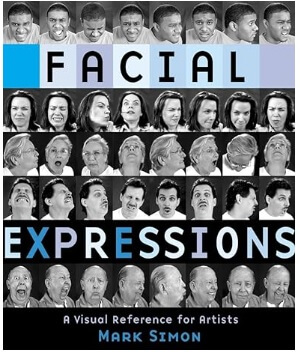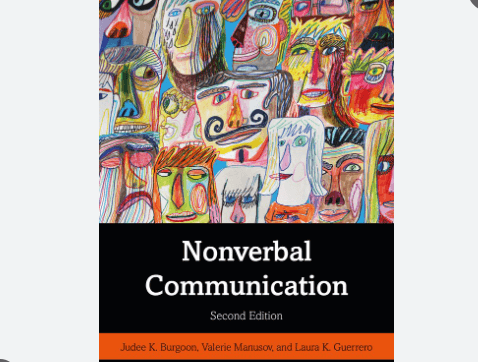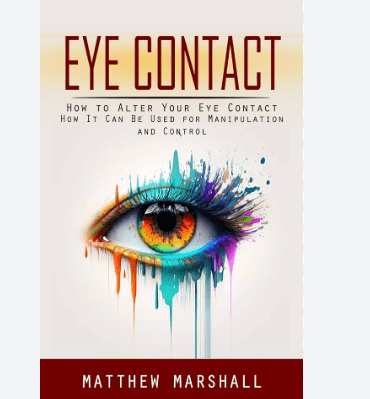Adverbs of Time

- Article graphics | Credit Online Teachers UK
Correct Uses of Adverbs of Time
Adverbs of time tell us when an action happened. They answer the question When or how often did the action occur?
- Chang lives in Peiping now.
- She will visit tomorrow.
- They responded immediately.
- It is my lifestyle. I do this daily.
For Example:
Some adverbs commonly used to express time are shown below.
| Common Adverbs of Time | |||
|---|---|---|---|
| yesterday | earlier | currently | now |
| tomorrow | last night | morning | recently |
| today | subsequently | ago | next |
| now | then | later | tonight |
| daily | always | frequently | soon |
The use of these adverbs might affect the verb tensesOpens in new window in a particular clause. Therefore, be careful with the verb tensesOpens in new window whenever you are using adverbs of time.
Based on the tense they express, adverbs of time are classed into three categories:
| Category | Adverbs of Time |
|---|---|
| Present Opens in new window | present, currently, nowadays, now |
| PastOpens in new window | yesterday, recently, ago, last year |
| FutureOpens in new window | tomorrow, next month |
Examples in Sentences
- She currently works as a newscaster. → present tense
- She went to school yesterday. → past tense
- I will finish doing my work tomorrow. → future tense
Adverbs of time can be placed at the initial, middle or final position:
- Before the main verb
- After the auxiliary verb
- Between an auxiliary verb and a main verb
- Or at the end of a clause.
Examples include:
- She presently cooks for the family. → (before the main verb cooks)
- My father is currently working with the press. → (after the auxiliary verb is/between auxiliary verb is and main verb working)
- I was at the party yesterday. → (end of clause)
























